-
Wineberry
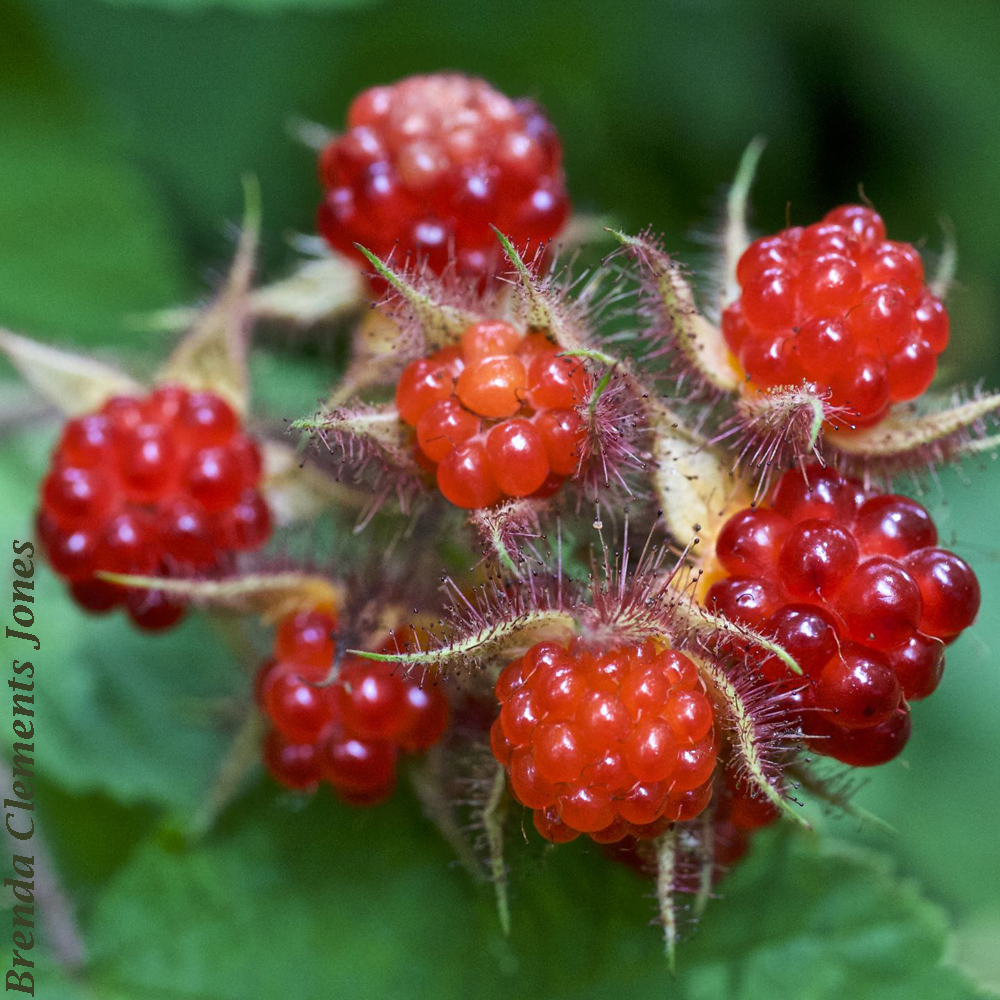
Such a conflict. They are an exotic invasive, aggressively growing where native plants would otherwise grow. Wineberry (Rubus phoenicolasius). Wineberry is native to eastern Asia and was introduced to North America in the 1890s as a potential breeding stock for raspberries. On the other hand, these berries are delicious. They are an ingredient for a wonderful sherbet. Much anticipated…
-
Tomorrow is SPRING!
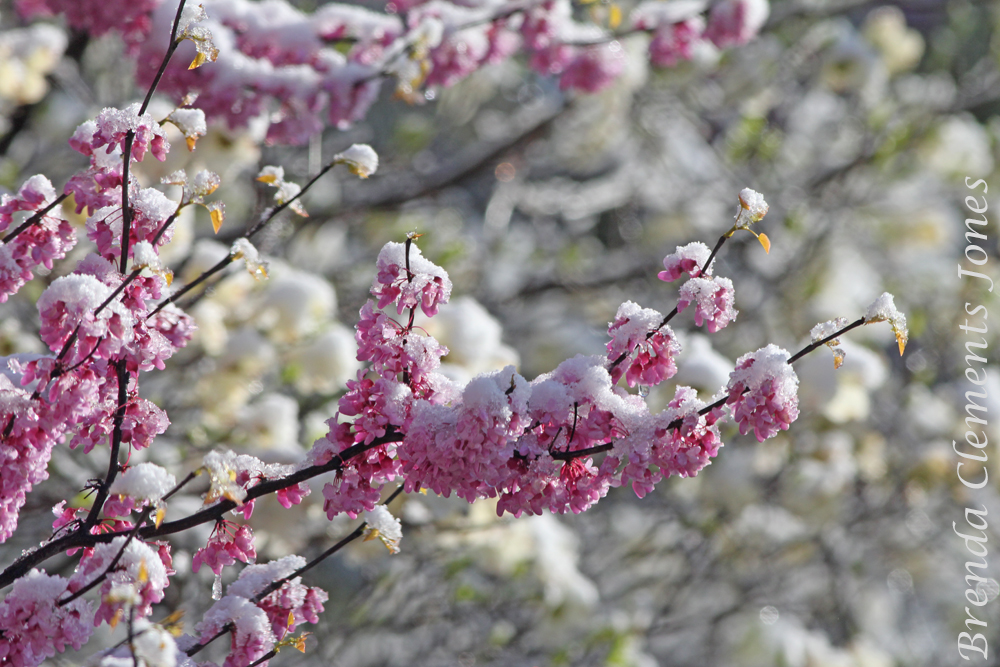
Many of you know that I love winter, my totally, over the top, favorite season. But I also delight in the seasons changing. If the seasons stayed the same, day after day after day after day I wouldn’t be content. I think the world of CHANGE. Sometimes even Mother Nature just doesn’t want to let…
-
Wood Betony
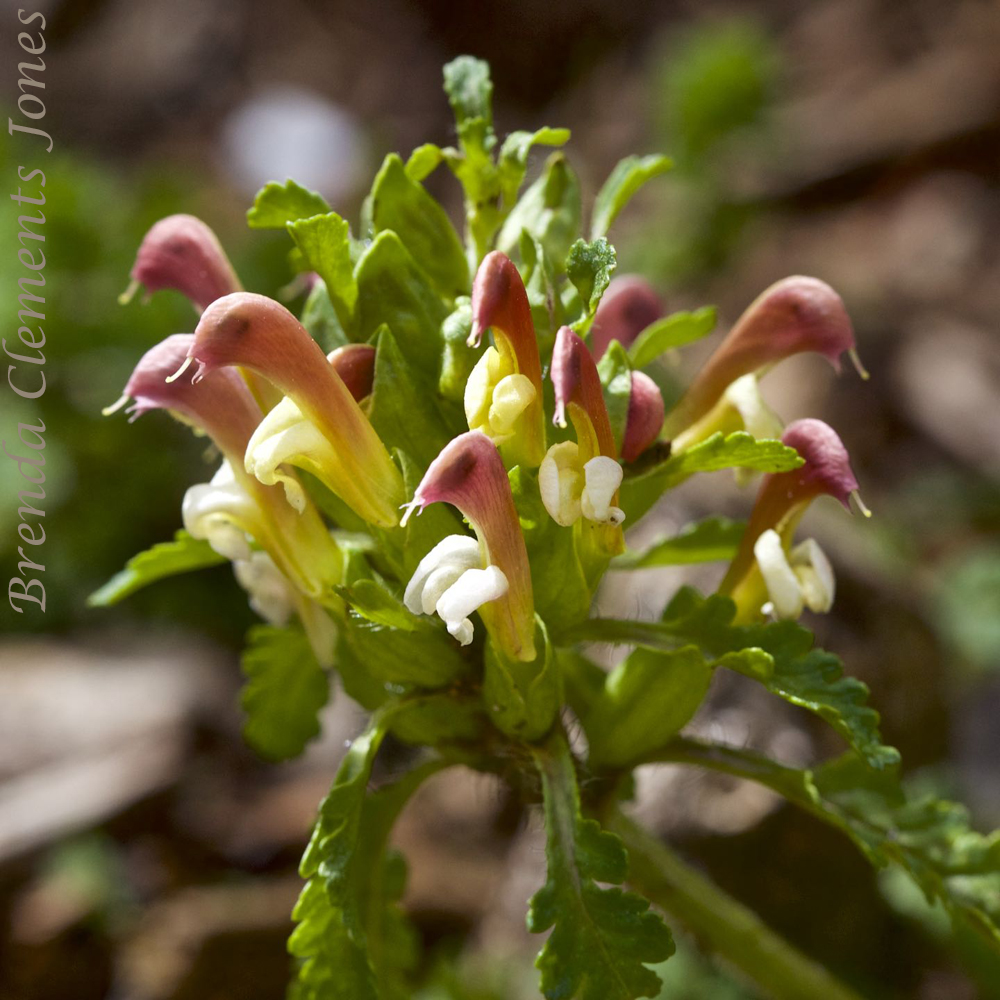
This native perennial is found in southeastern Canada, eastern North America (as well as New Mexico and Colorado) and eastern Mexico. Wood Betony (Pedicularis canadensis). The first time I ever saw this plant was along a trail here in the Blue Ridge. As is often the case, I took a picture of the flower, went…
-
Virginia Bluebells
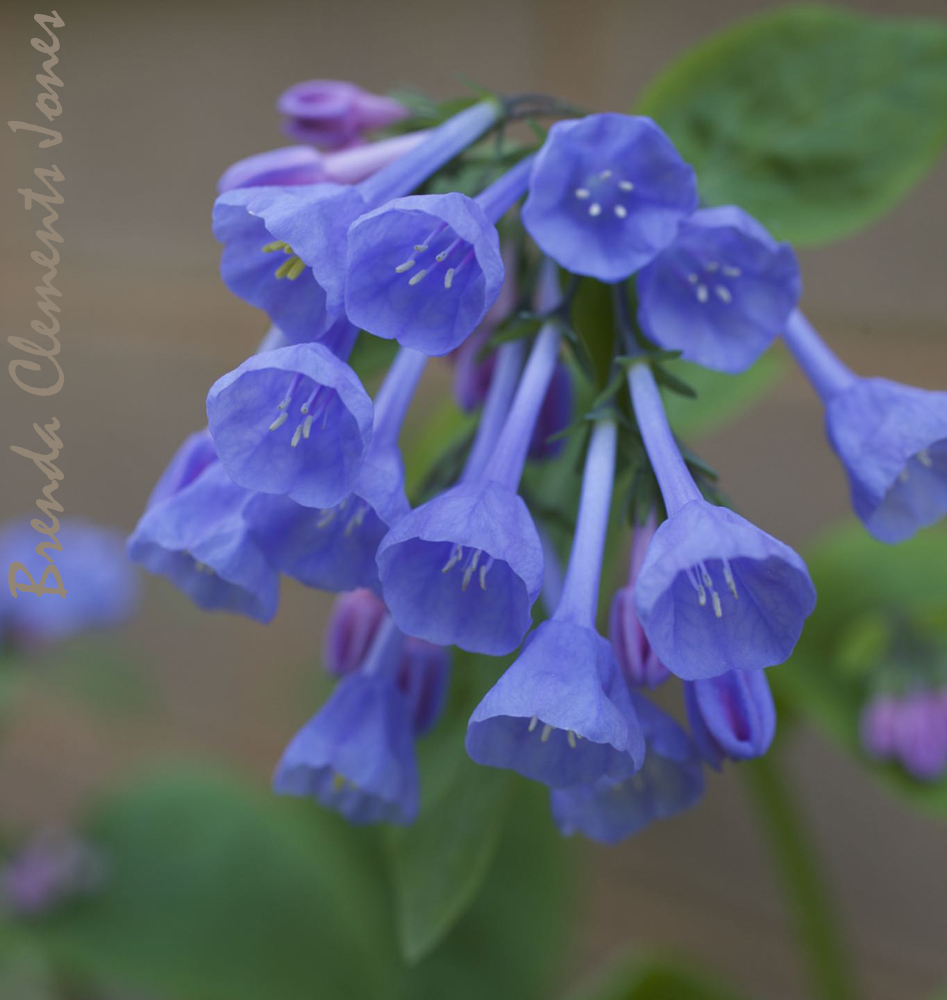
An ephemeral spring plant native to eastern North America. Virginia Bluebell (Mertensia virginica). I’m watching. I’m waiting. I just checked. No sign of them yet. BUT very soon. Surely in less than two weeks I’ll be seeing leaves of purply-green emerging from the soil. Reaching for the sun. These plants enjoy being in a shady…
-
Winter Aconite
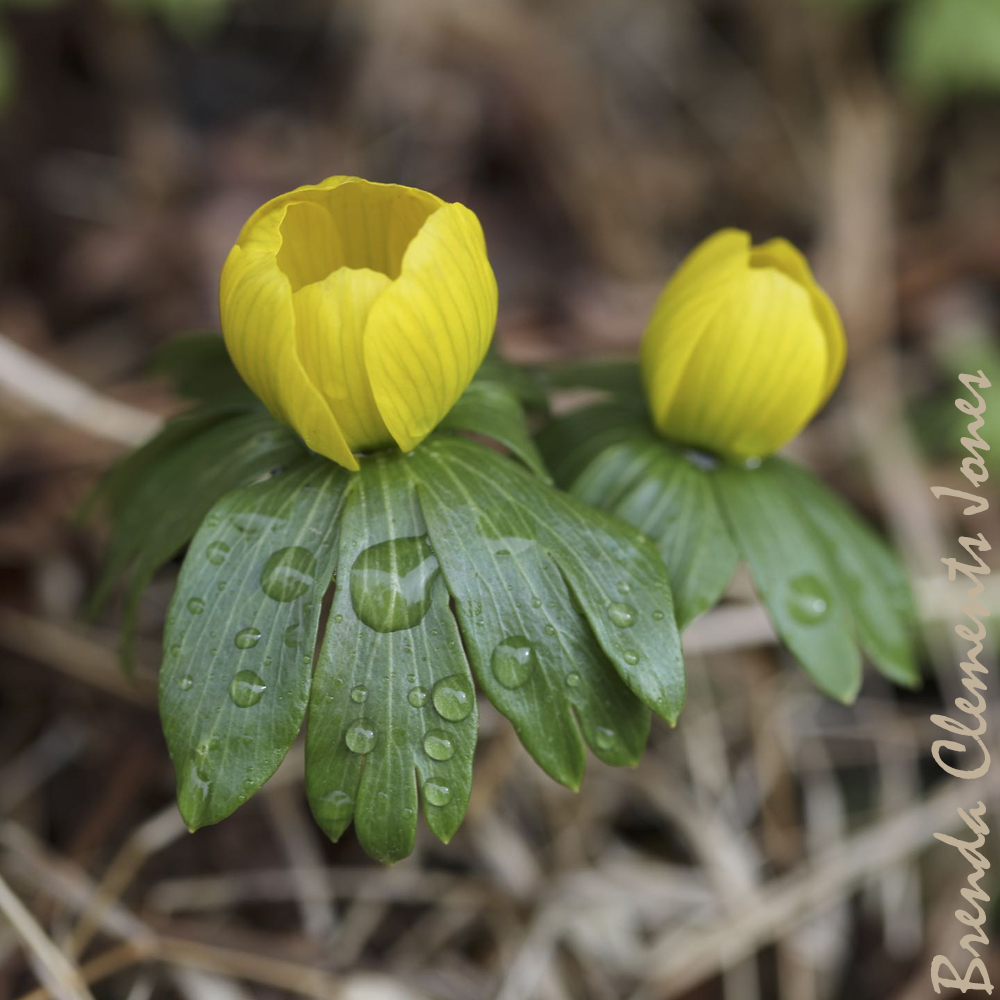
The same day that I first heard the raucous clacking of wood frogs coming from the pond, my Winter Aconites (Eranthis hyemalis) were beginning to bloom. Just hours before meteorological spring was about to begin. These small screaming yellow beauties were a gift from a dear friend years ago. Since then they have won my…
-
Bloodroot
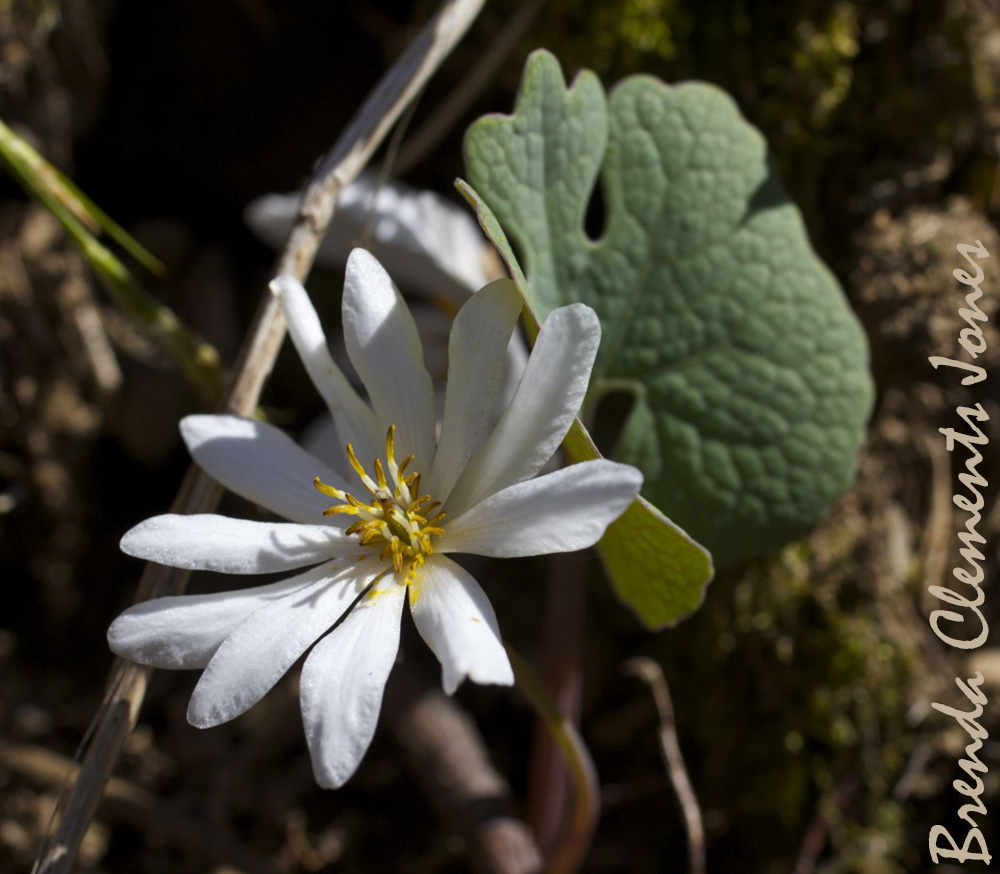
It’s hard for me to believe since I’ve still got snow on the ground, but spring is nearly here. At least meteorological spring. It arrives on March 1. The weather here is assuredly unpredictable. We’ll see what the month of March brings forth. Spring or more winter? But plants will be sprouting no matter. One…
-
Jeffersonia or Twinleaf
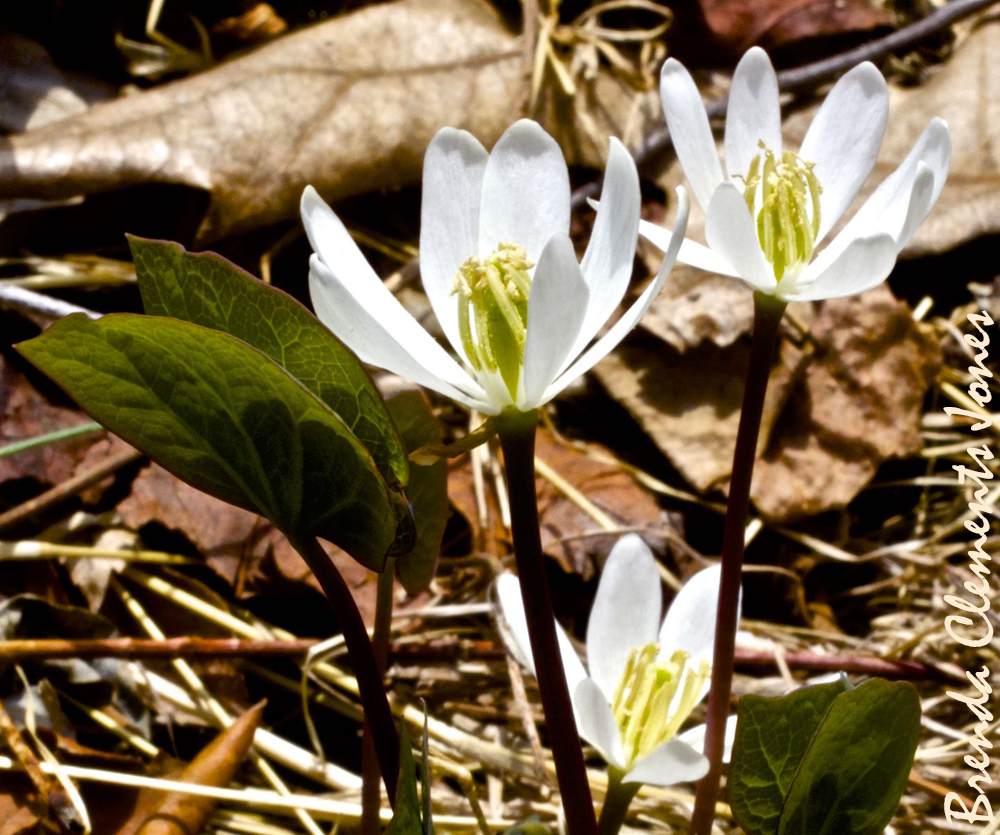
Jeffersonia (Jeffersonia diphylla). In 1792 the botanist Benjamin Smith Barton named this plant after Thomas Jefferson. In 1807 Jefferson had Jeffersonia growing in one of the oval flower beds of Monticello. I’m proud to have something in common with my neighbor Thomas. Within a matter of four weeks I’ll be searching for these little signs…
-
Putty Root Orchid
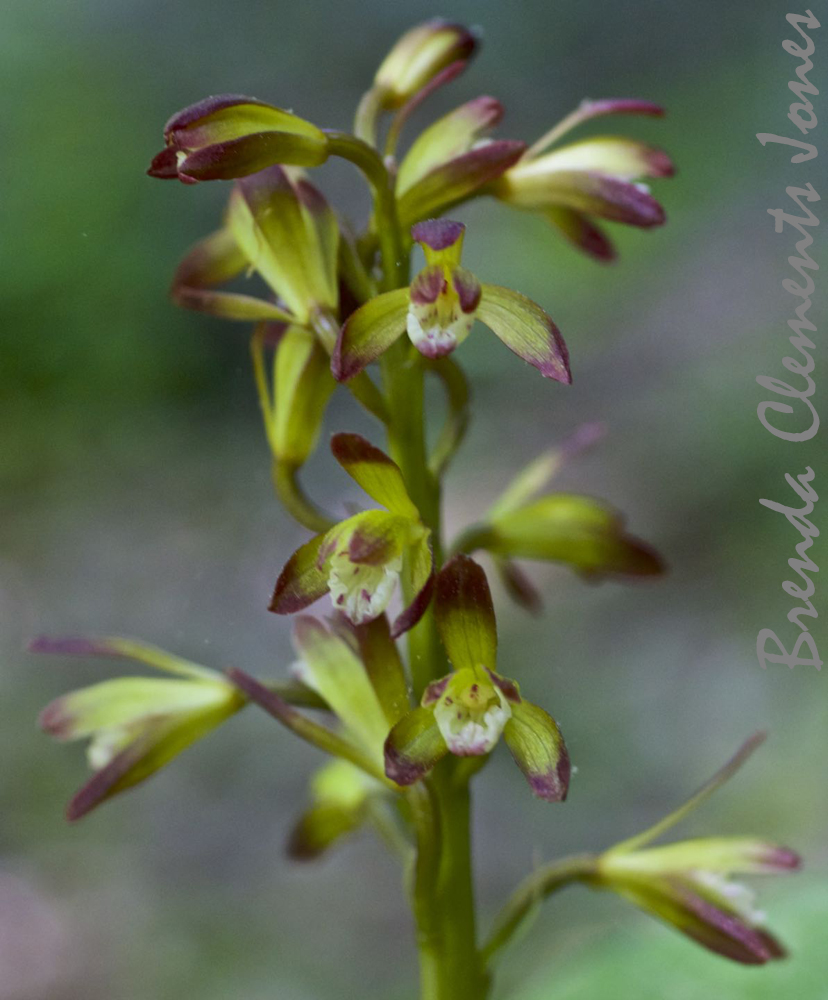
An orchid that is native to eastern and central U.S., and Canada. Putty Root (Aplectrum hyemale). The world of Mother Nature is always filled with surprises. This plant provides one of those surprises. Its growth timing seems backward. In autumn the plant sends up ONE basal leaf to collect dappled sunlight during the fall, winter…
-
Catbrier and Beautyberry
It has been so dry, but yesterday brought a glorious 1/4 inch of rain. Hallelujah! That rain brings a brief moment of relief to suffering vegetation. The rain also brings beauty to the landscape. I love what rain does to colors, deepens them, makes them more rich. But of course more rich! Those colors are decorated with…
-
Silvery Checkerspots

About a week ago I noticed a favorite patch of Woodland Sunflower, Helianthus divaricatus, being quickly gobbled up by gregarious, tiny caterpillars. I took pictures of the less than one half inch critters, and started pouring over my many books on butterflies, moths, and caterpillars. I always love a mystery – caterpillars eating beloved plants…